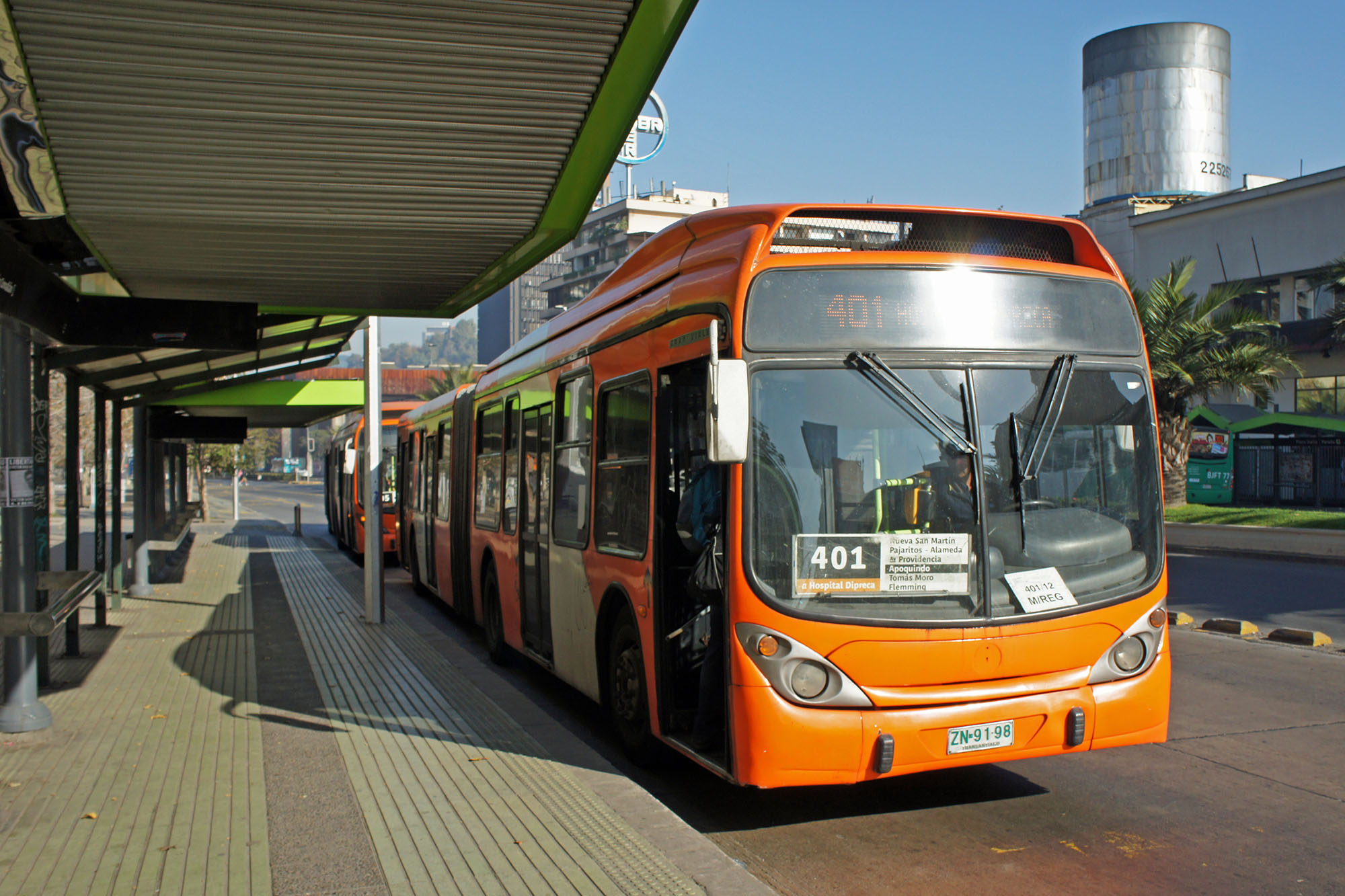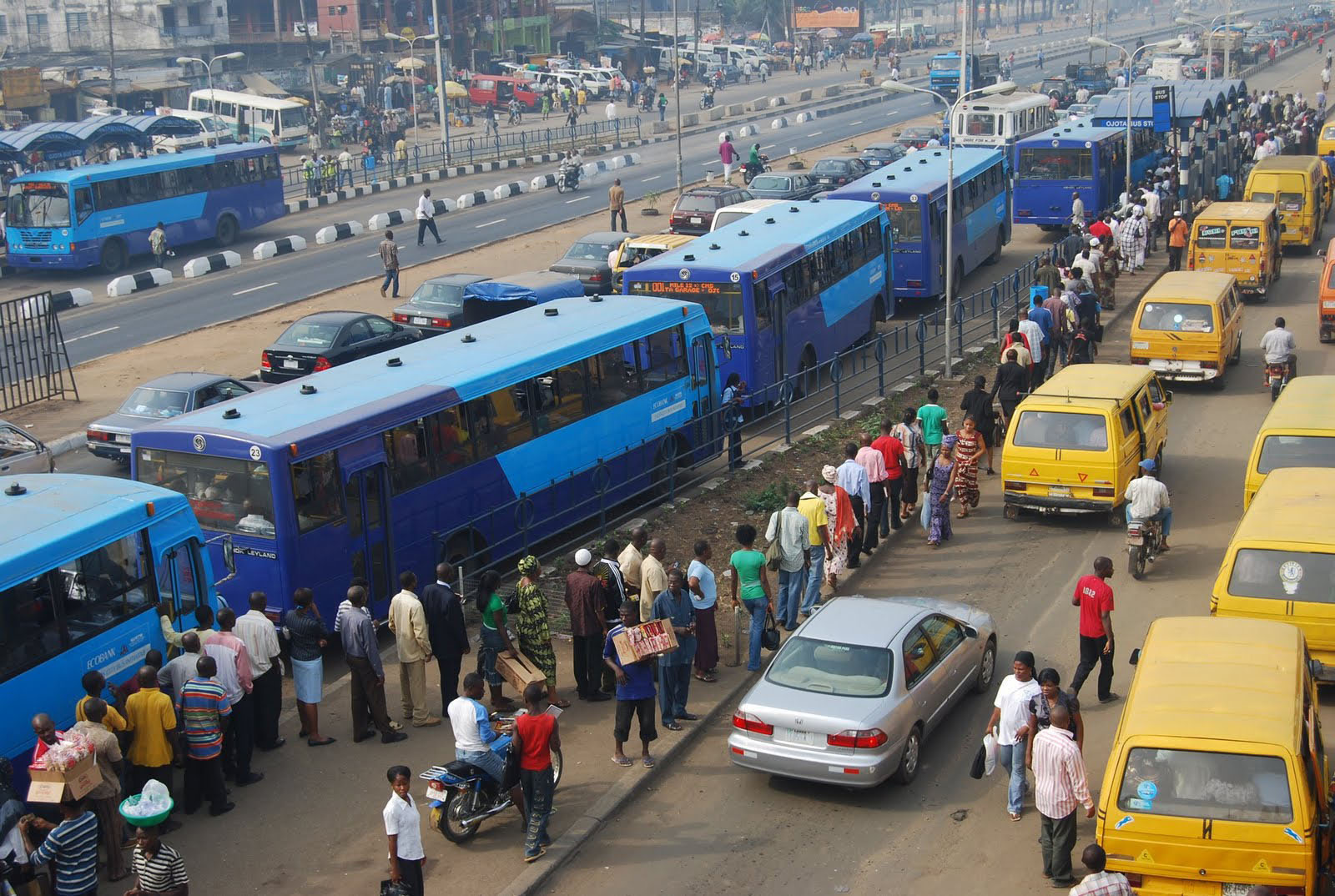9.6Targeting your message
Talent hits a target no one else can hit; Genius hits a target no one else can see.Arthur Schopenhauer, philosopher, 1788–1860
Box 9.6 Example: Transantiago

When officials from the city of Santiago, Chile restructured the city’s bus system, they unintentionally gave us a case study in how NOT to manage messaging to their system’s users. User education concentrated on high-level messaging using celebrities, but it did not address the practical needs and basic questions of users, such as where the system would run, how much it would cost, or how customers would pay and transfer. The updated route map was released less than two weeks before opening day, and because it was poorly designed and promoted, the system was difficult for customers to navigate.
When the new system launched, residents were completely unaware of how the changes would impact their daily commutes. Confused commuters responded by avoiding the bus and crowded the city’s metro, nearly crippling the rail system. The situation created such public outrage that the President of Chile issued a public apology and the Transport Minister resigned.
Transantiago’s problems went well beyond communications — incomplete infrastructure and insufficient service were also major factors — but citizens who had been left in the dark made the chaos far worse.
Targeting messages effectively requires thinking about the issue from the target group or stakeholders perspective. The most effective messages are designed to meet your audience where they are and move them toward the objective. What does this group already believe about BRT? Are they supportive or opposed? It’s important to be respectful of their existing beliefs on this issue and build a message platform that addresses them.
In so doing, it is important not to assume that if people know what you know, they would do what you do. For example, many people know that big cars have high emissions levels, but they choose to drive them anyway. Perhaps big cars make them feel safer. Perhaps smaller cars do not provide them enough cargo space. An effort to get people to switch to low-emissions cars must address these concerns. To connect with the target audience and make them an ally requires understanding how they think and determining what lens they use to make decisions.
The best way to persuade target audiences to support and use the BRT system is to make sure that the messages they are receiving explain how BRT fits with their lifestyles. If the messages resonate with people, they can be enormously successful in promoting the project.
One way to help ensure that messages resonate is to employ the best possible messengers. The people who deliver the message are as important as the message itself. The right messenger is one who has credibility with the target group. Determining who the stakeholders and target groups most trust should be part of the initial stakeholder analysis. For some groups, government officials will be trusted, while with others, community elders, celebrities, international experts, or representatives from NGOs may better convey your message.
Box 9.7 Example: LAMATA

Lagos, Nigeria, successfully implemented a bus project with a strong communications program. The Lagos Metropolitan Area Transit Authority presented the project as more than simply a bus system but about improving and facilitating movement within the corridor, positioning the issue as “congestion vs. flow” and “old-fashioned vs. modern”. The program made good use of quality, professionally produced videos, websites, brochures, and regularly scheduled radio and TV programs.
This tapped into public frustration at the lack of transit options in the city, and created acceptance and pressure that was used to overcome resistance by skeptics within government and among the taxi and minibus industry. Key to stakeholder engagement was the support of the road transport workers union, which had been convinced that it was best for them if the city moved to a more regulated form of public transport.
LAMATA invited the best molue drivers to train to become “pilots” for the new system, conveying a sense of status and giving them a role in the transport revolution sweeping Lagos. This synergistic relationship helped to develop more respectful drivers, leading to a more compliant population that in turn could produce even more such drivers, and represented a catalyst for change.